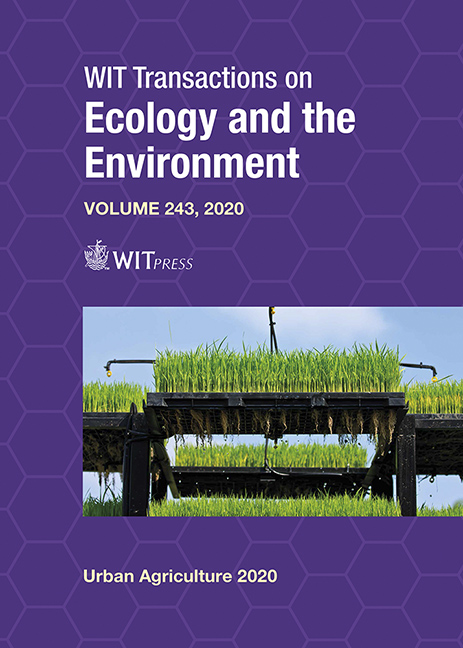WINTERTIME THERMAL PERFORMANCE OF GREEN FAÇADES IN A MEDITERRANEAN CLIMATE
Price
Free (open access)
Transaction
Volume
243
Pages
10
Page Range
47 - 56
Published
2020
Paper DOI
10.2495/UA200051
Copyright
WIT Press
Author(s)
ILEANA BLANCO, FABIANA CONVERTINO, EVELIA SCHETTINI, GIULIANO VOX
Abstract
The increasing environmental issues have afforded opportunities for a widespread application of green systems in urban areas. Greening the building with green roofs and vertical green systems can be a design and retrofitting strategy to improve building energy performance in summer and in winter. Research efforts have been mainly concentrated on their energy saving function during warm periods. Green façades have a great application potential thanks to the space available in urban environment. The effect of green façades on building energy performance has been studied mainly for warm periods. In order to evaluate the effect during cold periods, an experiment was conducted in Bari, Italy, for two years. Pandorea jasminoides variegated and Rhyncospermum jasminoides were tested as evergreen climbing plants on walls; a third wall was used as control. The night-time temperature of the covered wall was higher than the uncovered wall temperature by up to 3.5°C, thanks to the presence of plants. The thermal barrier function performed by the vegetation layer was analysed. The influence of outdoor air temperature, relative humidity and wind velocity on the façades thermal effect during night-time was investigated. The experimental test demonstrated that both Pandorea jasminoides variegated and Rhyncospermum jasminoides are suitable for green façades in the Mediterranean climatic area during winter. The use of the green façades allowed increasing the thermal performance of the walls during night-time. They also reduced the surface temperature changes throughout the day.
Keywords
building energy efficiency, energy saving, energy balance, heating effect, vertical greenery systems





